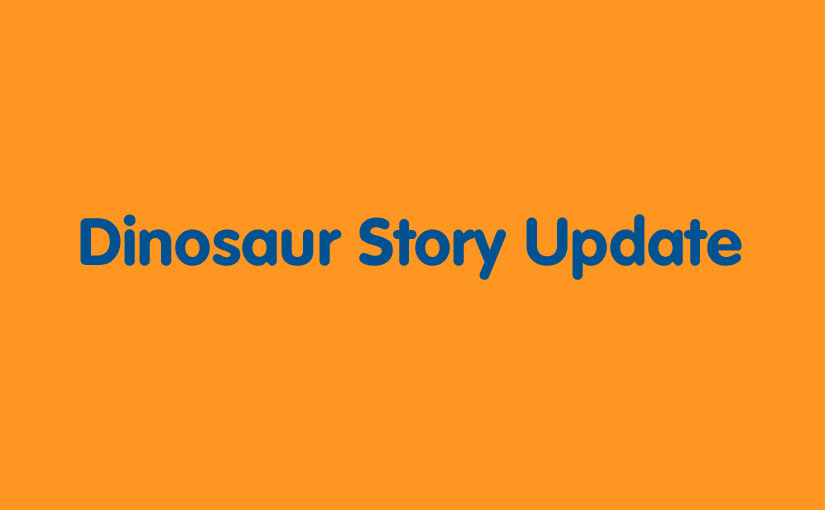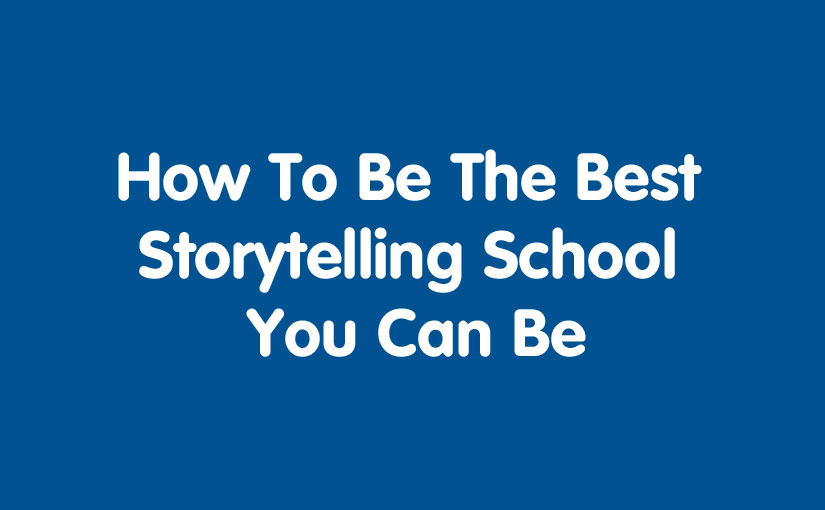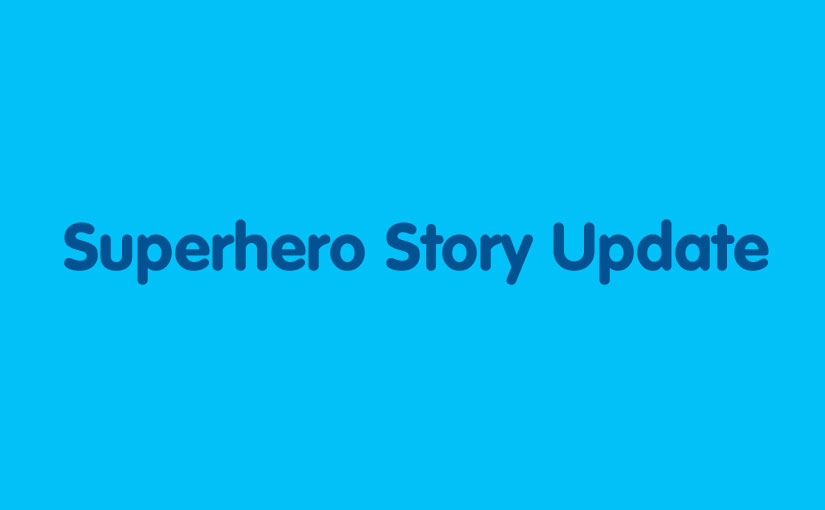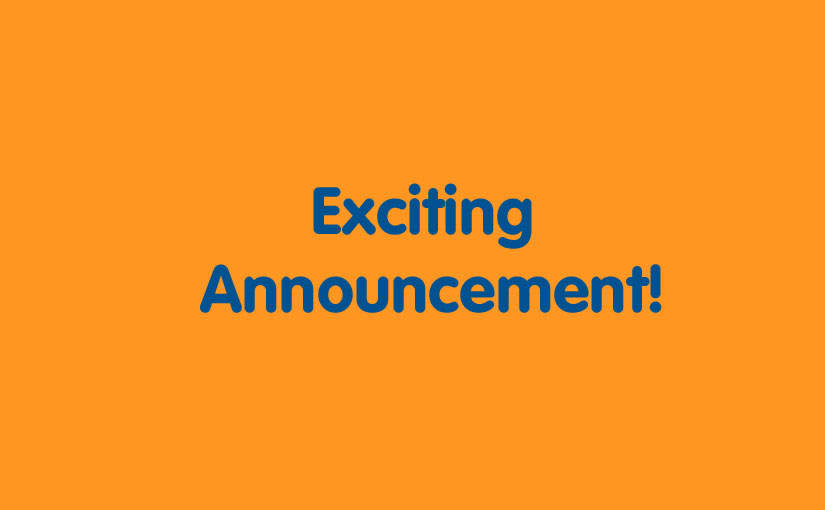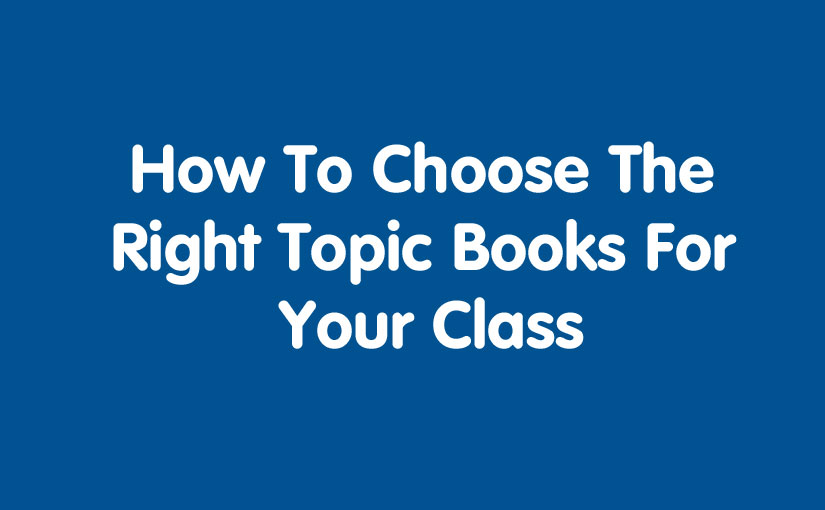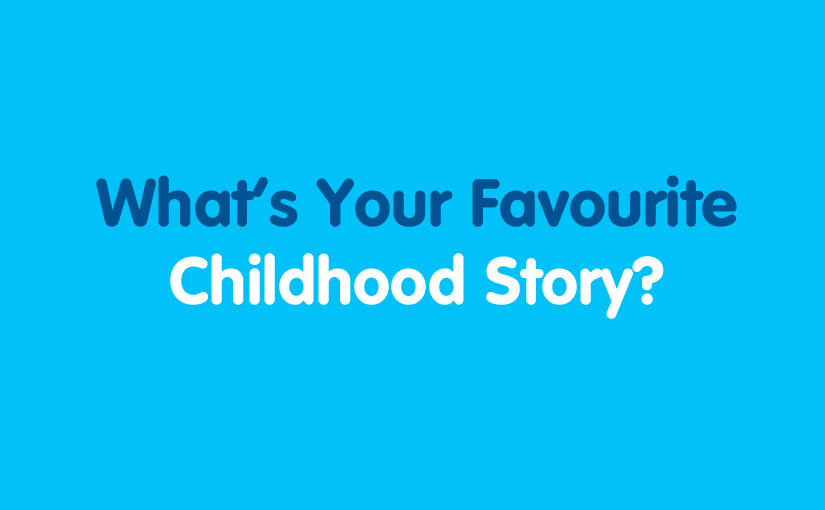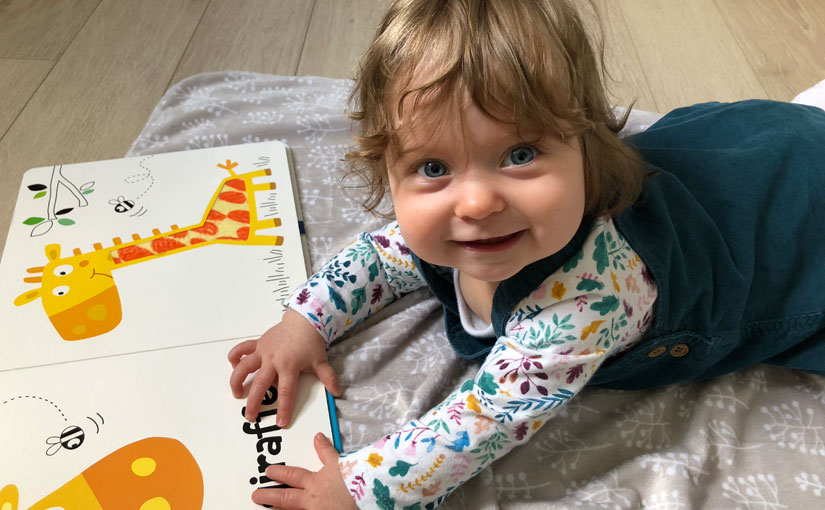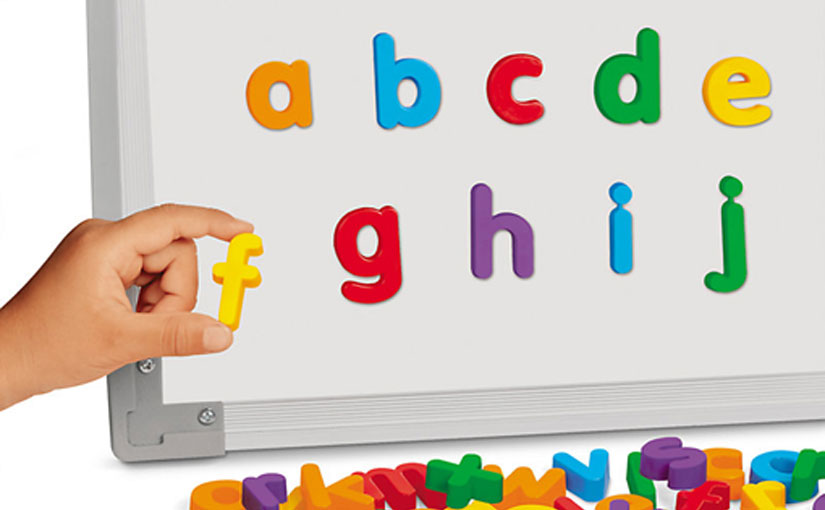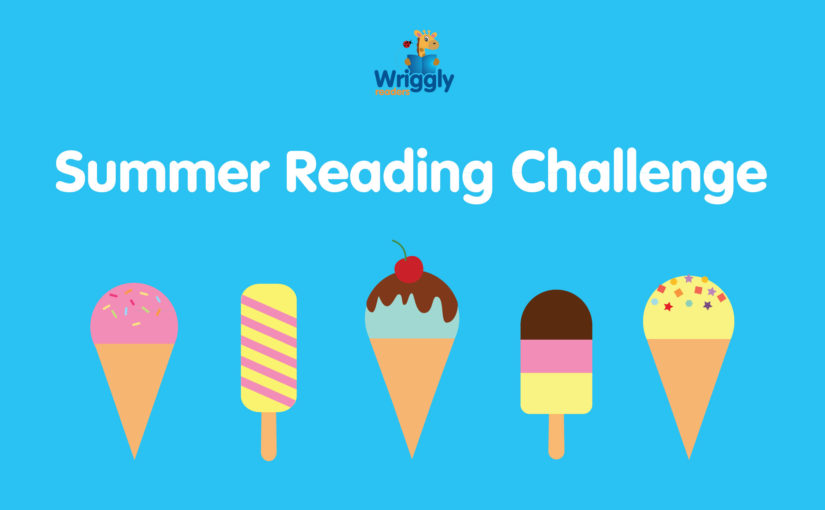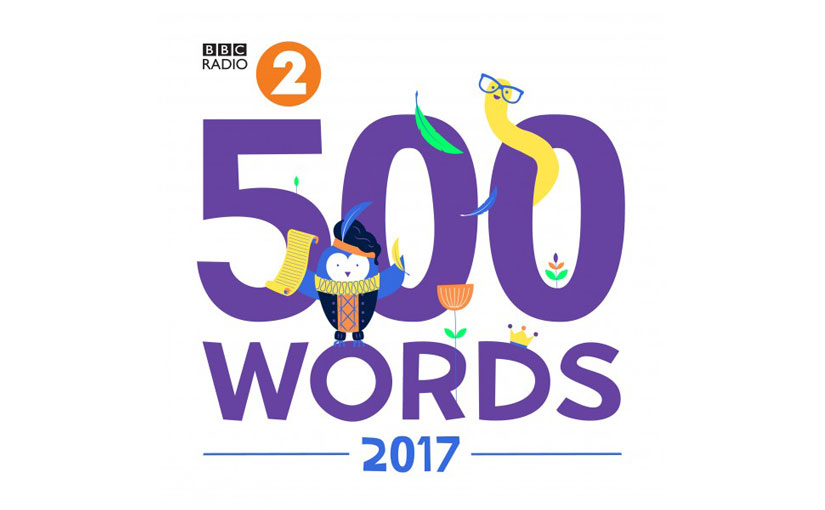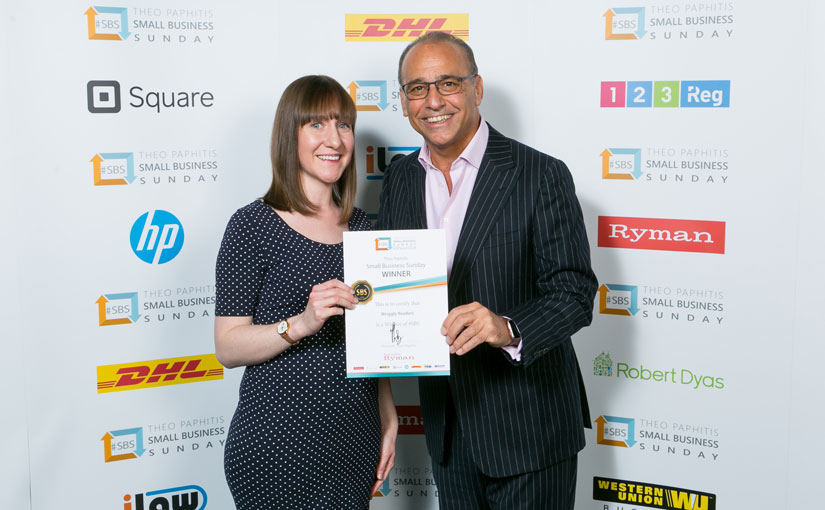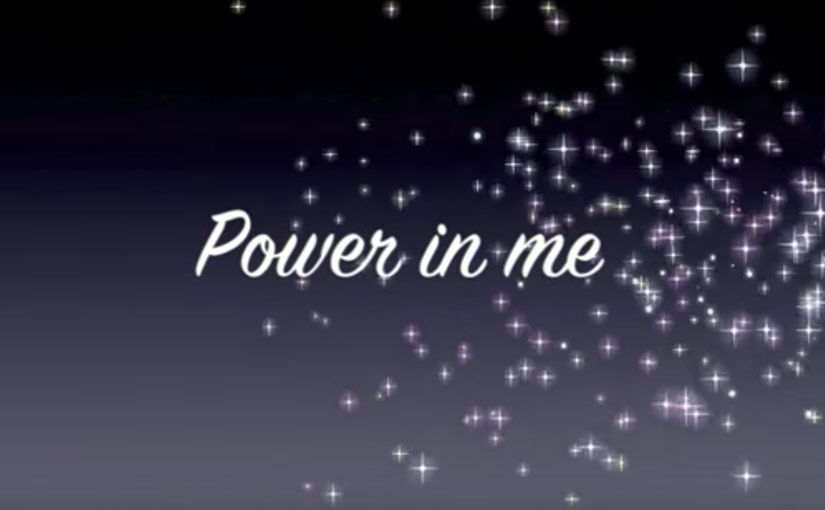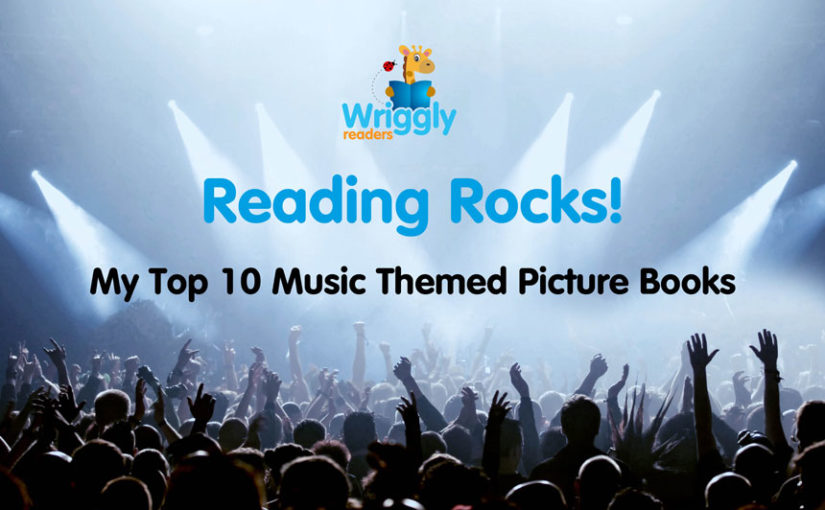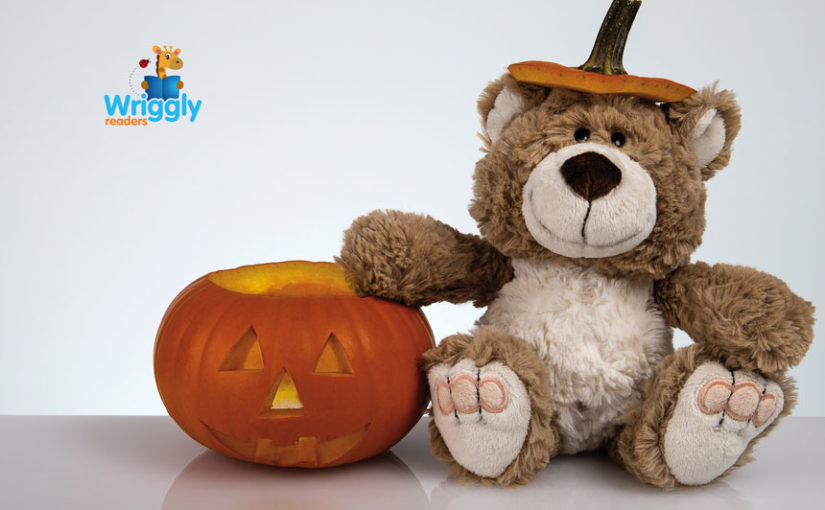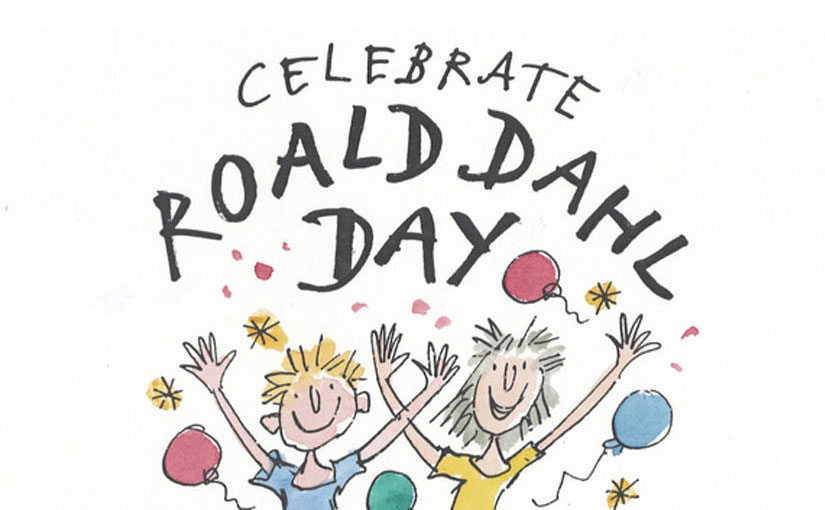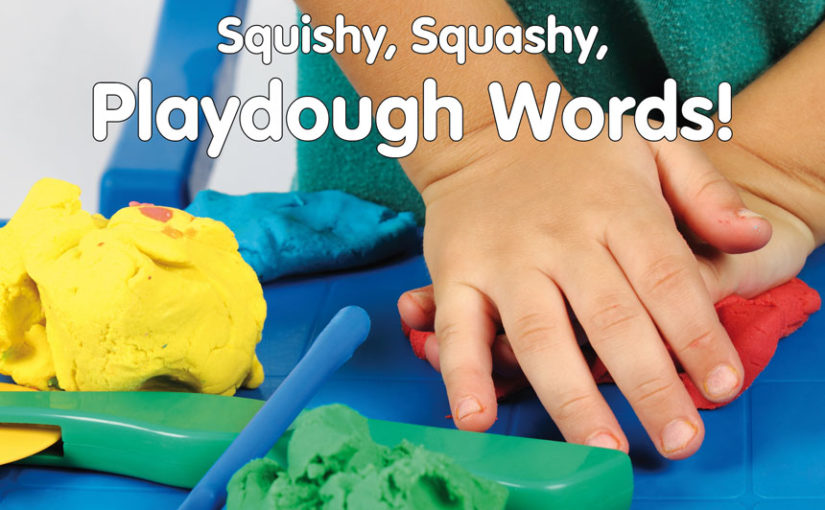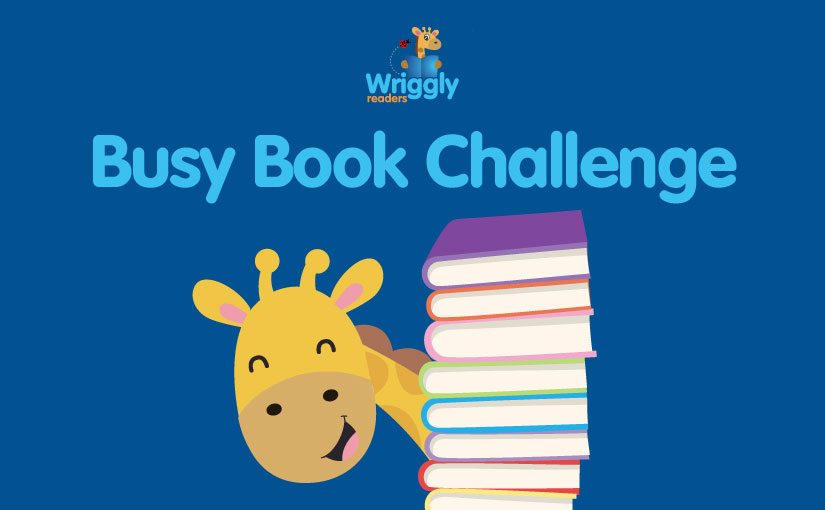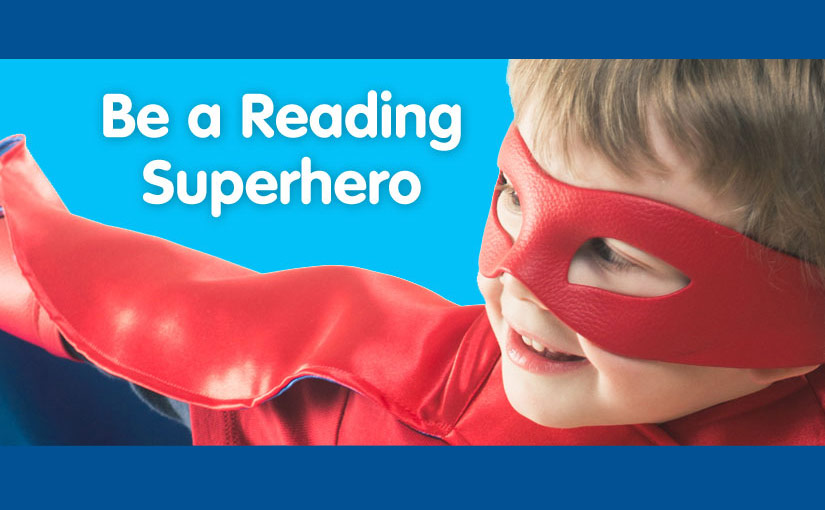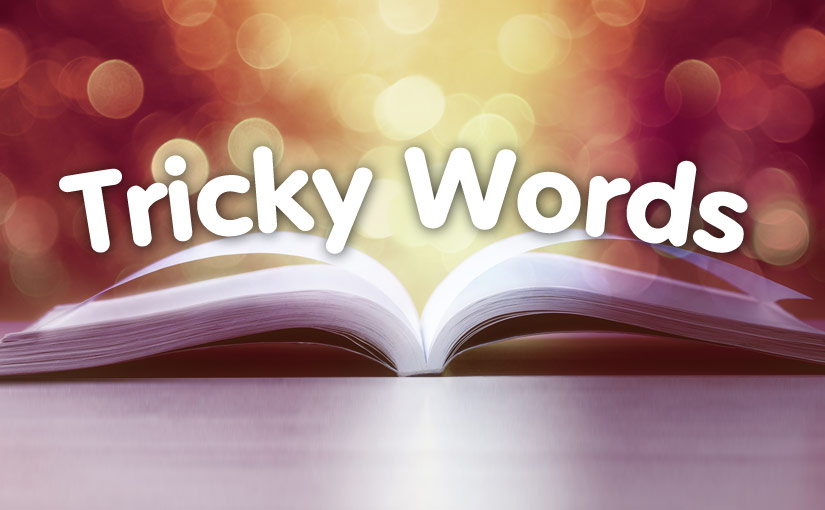Category: Phonics
The Step-by-Step Guide to Understanding Phonics
Getting ready to read is like a warm up before doing some exercise. It’s always a good idea to do a few stretches first before running a race to get your body ready and rearing to go. Well, it’s no different to when your child is learning to read with phonics. Before they can even begin to start reading words, there are fundamental skills to nurture first so that their brains are well prepared for the challenges that lie ahead. So let’s take a closer look at everything you need to know to help your child be the best reader they can be…
1) Sounds
This is where your child’s reading journey begins as sounds play an enormous role in the early stages of Language acquisition. There is a world of exciting noises all around us for your child to explore! How about going on a listening walk in an unusual place, like the zoo or a park, and take notice of all the different sounds you can hear? The more in tune they can be with the sounds in their environment, the better listeners they will become, and the more they talk about and describe these sounds, the better speech and vocabulary they will develop too.
Children should also have enriching opportunities to create sounds themselves and imitate ones that they already know, enabling them to make connections with their existing awareness of sounds. For example, they could use their voices to represent animal noises when singing ‘Old MacDonald’ or use their bodies to make sound effects when listening to or acting out a story. Musical instruments can help children to explore how sounds can be changed, such as banging a drum hard for a loud sound or tapping it gently for a quiet sound.
I bet you are wondering why all this sounds more like the Music curriculum than teaching children how to learn phonics! But the truth is, children will flourish with their reading ability if you embed good speaking and listening skills from a young age.
2) Rhyming
Moving on from what noises and instruments sound like, this is where children begin to explore what words sound like and develop an awareness of certain words which sound the same (in other words, rhyming words).
There are so many wonderful ways you can help your child recognise rhyming patterns and I’m sure many of you will be doing this already. The most obvious one of all is to read rhyming books, such as ‘Shark in the Park’ by Nick Sharratt or ‘One Mole Digging a Hole’ by Julia Donaldson, and not forgetting ‘The Gruffalo’. As you read the book to your child, see if they can fill in the missing words. “His eyes are orange, his tongue is black, he has purple prickles all over his…” Remember to use lots of expression and intonation in your voice to reinforce that rhyming words usually come at the end of a sentence.
In addition to singing Nursery Rhymes (Incey Wincey Spider and Humpy Dumpty are some old time favourites), playing rhyming games can be a great way to help with this too. You could take it in turns to say words that rhyme (bat, sat, hat, chat, flat etc) or even challenge them to think of silly rhyming captions, e.g. a pig in a wig, a frog on a dog, a king on a swing. Make it even more fun by using nonsense words… even if it doesn’t make sense, they are still experiencing and appreciating rhythm and rhyme which is the learning intention after all.
3) Alliteration
Now is the time for children to recognise what sound they can hear at the beginning of a word, which is why the previous learning on sounds is so important (e.g. saying ‘c’ for ‘cat’). Alliteration is where a group of words start with the same initial sound, such as sun, song, snake, star. Playing I-Spy is a good example of how to reinforce this, or even going on an object hunt around the house or in the garden to find lots of things beginning with a particular initial sound.
It’s worth reminding you that at this stage, children will be exploring the sound at the beginning of a word before they will be expected to recognise what the letter looks like. However, every child learns phonics at their own speed and if you feel that your child is ready to recognise letter shapes, then this would be the right time to move their learning on. Feel free to use a card with the initial letter on it to help them memorise it and give them the phonics challenge that they need.
4) Sound Talk
The next step is introducing ‘sound talk’ to your child. This is where children learn to hear all the sounds in words, not just the initial sound at the beginning.
So, for example, to sound out the word cat, you would say “c-a-t”. This is called oral segmenting where each part of the word is split up. Immediately after you have done this, you have to merge the sounds together and say the whole word, for example “c-a-t, cat”.
It’s important to model this to your child regularly so that they are exposed to hearing it. Find practical ways to incorporate it into your every day routines, such as “zip up your c-oa-t, coat” or “let’s go to the p-ar-k, park”. Just remember, only sound talk simple 3 or 4 letter words to begin with and gradually increase it as their confidence and ability grows. Make sure you only get them to sound out the last word in your question or instruction so you don’t confuse them. Sometimes, simply following the instruction can be a big enough challenge in itself!
In order to help your child even more, I would strongly recommend using a method called ‘robot arms’ to get your children actively engaged with phonics. Get your child to move their arms up and down alternatively every time they sound out part of the word, just like a robot! I have used this technique over and over again and it definitely helps to keep them motivated and on task, especially if you use a robot mask and props too!
I want to reinforce the fact that they are still only expected to hear the sounds in words at this stage and not yet read words on a page (although, as mentioned previously, some will be ready to move on sooner than others and some may even know a few words to read by sight already). When a child is able to orally blend and segment sounds in words, then they are ready to explore how print conveys meaning. It’s time for them to get reading with phonics!
5) Phonemes
Each sound that a letter makes is called a phoneme. In phonics lessons, your child will learn the letters of the alphabet, not just by name, but by the sound that each one makes. When saying phonemes, it’s important that you encourage your child use precise pronunciation, often referred to as ‘pure sounds’, which will help children with their reading at a later stage. For example, for the phoneme ‘s’, say ‘ssss’ not ‘suh’, for ‘m’ say ‘mmmm’ not ‘muh’ etc. Your child’s teacher will be doing this at school so please ensure that you continue to carry on this good phonics practice at home. You can also help your child to remember the sound of each one by doing an action, for example waving your arm likes a snake when saying the sound ‘ssss’.
Another thing to draw your attention to is that they are not taught in alphabetical order, but in groups of letters so that children can start to make simple words. The first group of letters is s, a, t, p and, after your child is familiar with the sound that represents each of these letters, they will explore what happens when you put 2 or 3 of them together. This is where the reading magic starts to happen and your child will be able to read VC and CVC words. A VC word is basically a word that contains a vowel and a consonant (e.g. at) and a CVC word is made up of a consonant, vowel in the middle and a consonant at the end (e.g. tap).
Remember all that work your child has done on sound talk? Well, it’s time for your child to put it to the test so that they can segment and blend sounds when reading actual words. So to read the word ‘tap’, they will have to say each letter one at a time (t-a-p) and then blend the sounds together straight after to say the word (t-a-p, tap). At this stage, the phonics learning is still very practical and involves rearranging letters to make and read different words. There are lots of fun and active ways you can do this at home, like using magnetic letters on your fridge or foam letters in the bath!
Your child will then need to learn the next group of letters and make new words, this time using all the letters and sounds that they know so far, gradually building up their bank of phonemes and word recognition. It’s a fantastic feeling for your child when they are able to read simple words and it’s even better when they can understand what they mean. Try and always make a connection between the word they have read and the world around them… they could match the words to the correct picture or simply just talk about what they have read.
In this phonics phase, your child will also be taught to read certain words without needing to sound them out, these are called tricky words and have to be read automatically. So instead of reading the word ‘to’ as ‘t-o, to’, they just say the correct word straight away. Don’t worry if they attempt to use their phonics as their first attempt, your child should realise that the word doesn’t sound right and will quickly correct themselves.
The next natural step in their reading is to begin to read print in books. Your child should be taught to point to each and every word as they read the sentence so they don’t loose their place. Remember to always ask them questions about what they’ve just read to check their understanding. There really is no point to being able to read unless the understanding’s there!
6) Graphemes
Next, it’s time to teach your child all about the different types of graphemes. A grapheme is simply a way of writing down a sound (phoneme). They can be made up from 1 letter (e.g. p), 2 letters (e.g. sh), 3 letters (e.g. igh) or 4 letters (e.g eigh).
Children who have just learnt the sounds of the alphabet are more likely to read the word ‘fish’ as ‘f-i-s-h’ (which won’t sound right when blended!), so it’s important to familiarise them with sounds that can be represented by more than one letter in order to broaden the amount of words they will be able to read correctly using the correct phonics strategy.
There are a few different types of graphemes out there. If a word is made up of two consonants (sh, ch, th, ng), we call these ‘consonant digraphs’. If a word is made up of two vowels (ai, ee, oo, ar), we call these ‘vowel digraphs’. And to make things even more complicated, if a word is made up of three letters to make one sound (igh, ear, air), these are called ‘trigraphs’. Phew! At least now you will be able to understand what your child is talking about when they come home from school using all these new, strange sounding words and phonics strategies!
As mentioned previously, a CVC words is made up of a consonant-vowel-consonant (e.g. c-a-t) but this also applies to words with vowel diagraphs in the middle (e.g. b-oa-t, r-ai-n, f-ar-m). As your child’s reading gets better and better, they will learn how to read even longer words which have adjacent consonants in. Adjacent consonants are just two consonants that go next to each other in a word (e.g. frog). One common mistake is that that the ‘fr’ part of the word is mistaken for a consonant digraph and read as one sound (fr-o-g), but as a matter of fact, each letter has to be sounded out individually to make two separate sounds (e.g. f-r-o-g). If your child is encouraged to segment the sounds in longer words accurately, they will become much better at spelling them correctly too.
By the end of Foundation Stage (5 years old), children are expected to be secure at this level which is the national average for phonics.
If your child is still working towards this – don’t panic!!! Every child is completely unique. They all learn in different ways and at different speeds. With lots of praise, encouragement and extra help at home, they’ll still enjoy reading for pleasure and will get there in the end :).
Space Mission Story Update
By Hannah Angrave | 2 July 2020
It’s finally here! The 6th and last story in our super fun reading programme has landed! ‘Space Mission’ is our brand new book all about a very clever alien called…
Read postPirate Story Update
By Hannah Angrave | 19 May 2020
In our 5th Reading Adventure of the programme, there’s a mean and greedy pirate who has promised to share all the treasure with his crew… the only problem is, he…
Read postEscape From The Zoo Story Update
By Hannah Angrave | 10 May 2020
The ‘Escape From The Zoo’ book is now finished! This one was particularly fun to design because of its silliness. The funny story will really capture the children’s interest and…
Read postThe Wizard’s Spell Story Update
By Hannah Angrave | 1 May 2020
We asked our customers how we could make the programme even better. Head Teachers, Teachers and Teaching Assistants using Wriggly Readers in their schools suggested that physical story books in…
Read postDinosaur Story Update
By Hannah Angrave | 25 February 2020
Our next book is coming along nicely and will be the perfect addition to the Dinosaur themed Reading Adventure in our programme! Just to give you a quick update, the…
Read postNational Storytelling Week
By Hannah Angrave | 5 February 2020
How To Be The Best Storytelling School You Can Be As it’s National Storytelling Week, it got me thinking… when was the last time you told a story to your…
Read postSuperhero Story Update
By Hannah Angrave | 31 January 2020
The first Reading Adventure in our award-winning, play-based programme is Superheroes and I’ve been busily writing and illustrating a new story for the theme. Instead of including a letter in…
Read postExciting announcement!
By Hannah Angrave | 25 January 2020
We want to make sure that Wriggly Readers is the best it can be so that it can have maximum impact on your children’s reading progress, which is why we…
Read postHow To Choose The Right Topic Books For Your Class
By Hannah Angrave | 10 October 2019
At the weekend, we took our 15 month old little girl to Goose Fair in Nottingham, one of the largest travelling fairs in Europe. We used to go every year…
Read postWhat’s Your Favourite Childhood Story?
By Hannah Angrave | 29 March 2019
One of the most exciting things about decorating Maple’s nursery was setting up a place for her to treasure all of her books. Being a typical teacher and picture book…
Read postMeet the new member of our team…
By Hannah Angrave | 21 March 2019
I’d like to introduce a brand new member of our Wriggly Readers team… Say hello to Maple! She came into our lives on 22nd June 2018 and filled our hearts…
Read postSummer Reading Challenge
By Hannah Angrave | 3 August 2017
Summer Reading Challenge Have you ever struggled to keep the reading momentum going over the summer holidays when all your child wants to do is play and have fun? And…
Read postBBC Radio 2’s Story Writing Competition
By Hannah Angrave | 6 April 2017
Well, the first round of judging is over for the BBC Radio 2’s 500 Words story-writing competition and it’s going to be tougher than ever to choose a winner! This year,…
Read postWriggly Readers Wins First Award!
By Hannah Angrave | 3 April 2017
I’m so excited to announce that Wriggly Readers is the winner of the 2017 #SBS Business Award by Theo Paphitis! We’re still pinching ourselves at winning our very first award…
Read post“I’ve Got The Power In Me”
By Hannah Angrave | 20 February 2017
I visited a lovely Infants school recently and had the pleasure of sitting in one of their morning assemblies. The whole school sung their hearts out and enthusiastically played air…
Read postMy Top 10 Music Themed Picture Books
By Hannah Angrave | 13 February 2017
What A Wonderful World Bob Thiele & George Weiss, illustrated by Tim Hopgood A beautiful board book featuring the lyrics from What a Wonderful World, accompanied by bright and colourful…
Read postHalloween Storytelling Tips
By Hannah Angrave | 29 October 2016
Last October my family and I went on holiday to a quaint town up in the Scottish Highlands where we went on a Halloween guided walk through the woods. It was…
Read postGolden Ticket Reading Rewards!
By Hannah Angrave | 13 September 2016
Children all learn at different speeds, in different ways and with different attitudes. Some children might be enthusiastic book worms, others might let out a little huff and a grumble at the thought…
Read postPlaydough Reading Activity
By Hannah Angrave | 8 September 2016
Learning To Read The Fun And Messy Way! Have you ever thought about using playdough to engage your beginner reader to learn new letters and words? Once you’ve made some…
Read postBusy Book Challenge
By Hannah Angrave | 15 August 2016
Looking for a new and exciting way to get your child reading on a week night, at the weekend or during a school holiday? My super fun Busy Book Challenge is the perfect…
Read postBe a Reading Superhero
By Hannah Angrave | 31 March 2016
As a Foundation Stage teacher, I always choose topics that my class really love and I like to make sure that the children play a big part in the decision…
Read postTricky Words: The Definitive Guide
By Hannah Angrave | 24 January 2016
Tricky Words: The Definitive Guide Get Your FREE Book Now! How many times have you heard your child or your child’s teacher mention ‘tricky words‘, but aren’t entirely sure what…
Read post